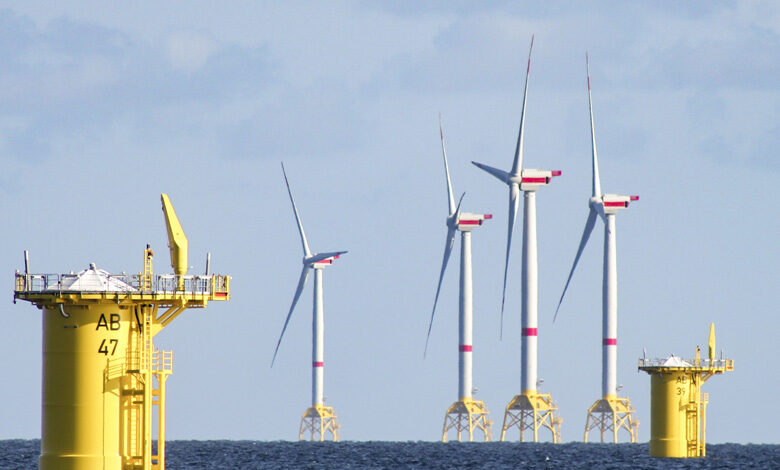Planning for renewable energy

A consultation is ongoing for a proposal by the Department for Infrastructure (DfI) aiming to secure the “orderly and consistent development of land in Northern Ireland under the reformed two-tier planning system”.
The draft review on strategic planning policy on renewable and low carbon energy will be open for consultations until 30 June 2023.
The review aims to ensure that regional strategic planning policy on renewable and low carbon energy remains fit for purpose and up-to-date to inform decision-making in relation to development proposals for this subject area.
It is also intended to inform the local development plan (LDP) process and enable decision-makers to bring forward appropriate local policies to meet Northern Ireland’s energy needs, under the Northern Ireland Energy Strategy, whilst meeting its obligations under the Climate Change Act (Northern Ireland) 2022.
The Department for the Economy acknowledges the “need to improve the process for plan-making and the determination of planning applications, including for renewable and low carbon energy development”.
Renewable energy context
The draft report contextualises that, since reforms of the planning system and the transfer of planning powers to local government on 1 April 2015 to the end of September 2022, 837 renewable energy planning applications were approved, including:
- 32 wind farms;
- 583 single wind turbines;
- 32 hydroelectric plants;
- 93 applications for solar panels;
- 76 biomass/anaerobic digesters; and
- 21 other (includes landfill gases, waste incineration and heat pumps).
The Northern Ireland Energy Strategy established a renewable electricity consumption target of 70 per cent by 2030, a target which has subsequently increased to 80 per cent by 2030 under the auspices of the Climate Change (Northern Ireland) Act 2022.
The Climate Change Act places a duty on Executive departments to ensure that the greenhouse emissions in 2050 is at least 100 per cent lower than the baseline figures from 1990, and to ensure that the net emissions account for carbon dioxide for the year 2050 is at least 100 per cent lower than the baseline for carbon dioxide.
Regional strategic policy
The report has been published shortly after a memorandum of understanding between the Department for the Economy and the Crown Estate which is expected to lead to bidding for offshore renewable energy development, a procedure which has been hampered by several stumbling blocks, including delays to new market and incentive arrangements in 2014, and a statement by the Department for the Economy in 2019 saying that Northern Ireland’s coastline was not suitable for offshore wind development due to likely objections to the visual landscape which would emerge from the expansion of offshore wind infrastructure.
The report states that the Department for the Economy recognises “that there are landscapes across Northern Ireland where their intrinsic value should be protected against inappropriate renewable and low carbon energy development”.
It continues: “A cautious approach for renewable and low carbon energy development proposals will apply within designated landscapes which are of significant value, such as areas of outstanding natural beauty, World 7 Heritage Sites and their wider settings, including the Giant’s Causeway and Causeway Coast World Heritage Site.”
The report also calls on visually dominant development proposals to be avoided in such sensitive landscapes as it may be difficult to accommodate developments and their associated infrastructure, without detriment to the region’s cultural and natural heritage assets.
It further states how, for wind farm development, a separation distance of 10 times rotor diameter to occupied property, with a minimum distance not less than 500 metres, will generally apply. This will also apply to any wind turbine development with a rotor diameter of 50 metres or greater.
Noteworthy is that the ETSU-R-97 system remains the UK standard methodology for the assessment of noise from wind energy development. “It, along with A Good Practice Guide to the Application of ETSU-R-97 for the Assessment and Rating of Wind Turbine Noise, prepared by the Institute of Acoustics, should be taken into account by decision-makers, including any future update to this standard,” the report states.
“Potential noise impacts, including amplitude modulation, from wind turbines on surrounding properties must be carefully considered. Applicants should seek to minimise and mitigate against any potential impacts from wind energy proposals which are likely to result in shadow flicker on nearby properties.”
The review on strategic planning policy on renewable and low carbon energy is currently open for submissions, with the consultations process to run until 30 June 2023. However, implementation of any future policy deriving from the review will not be possible until the reformation of a Northern Ireland Executive.





